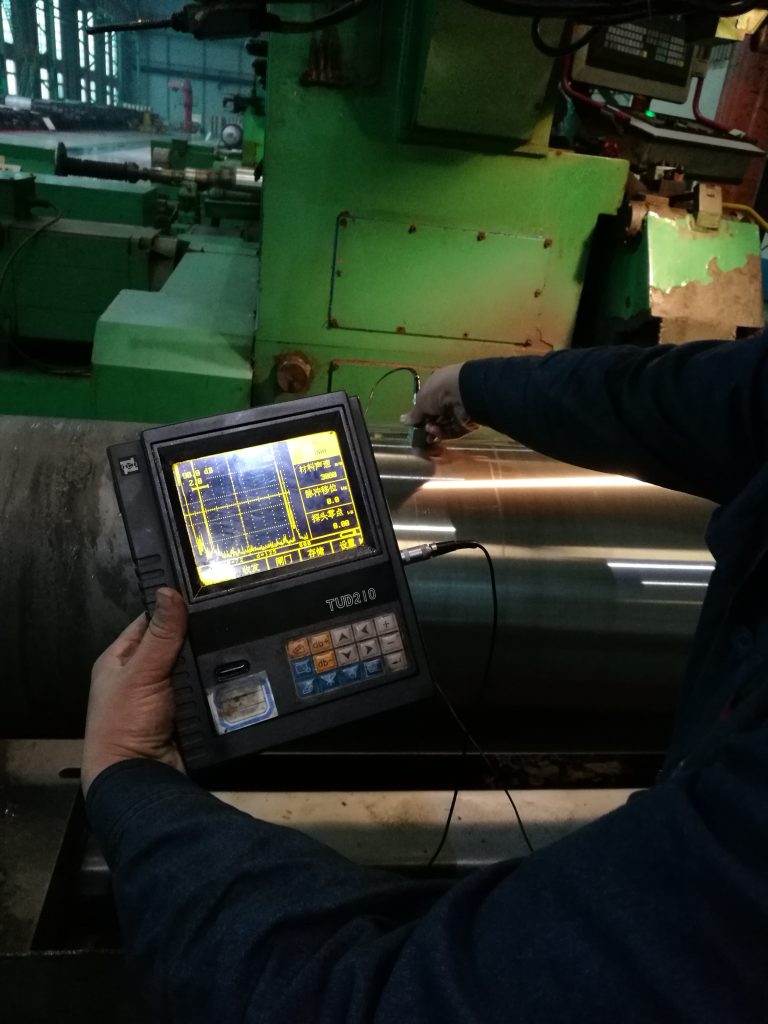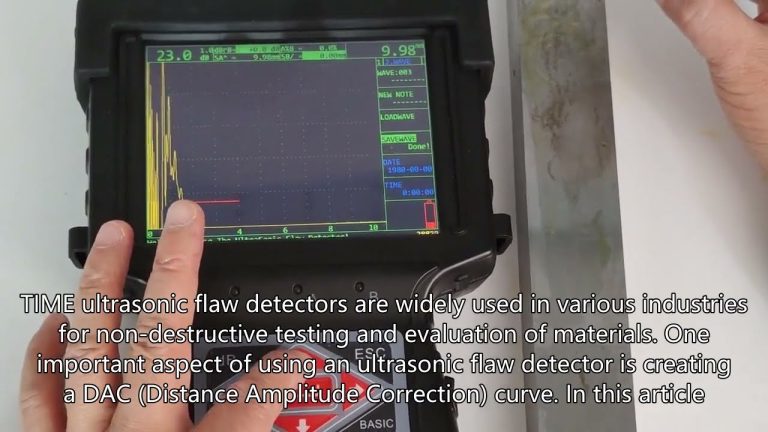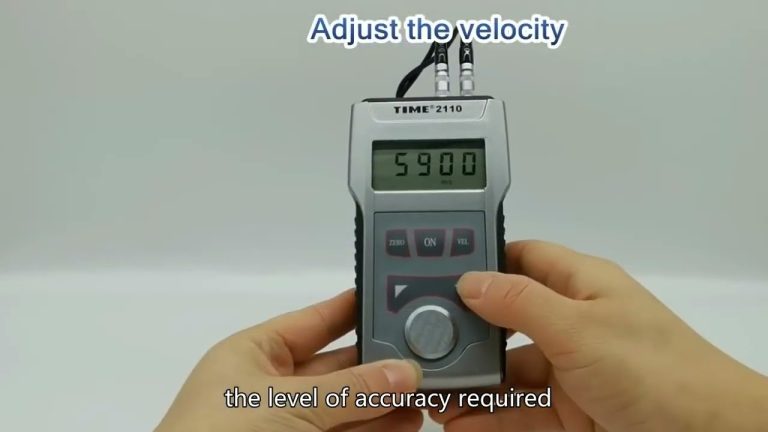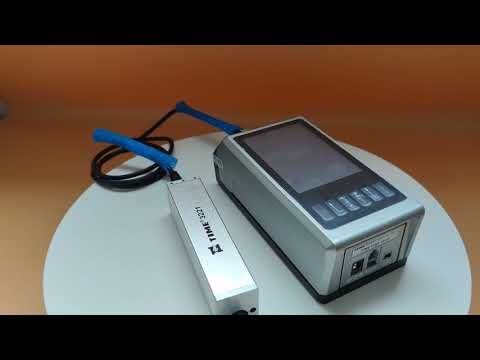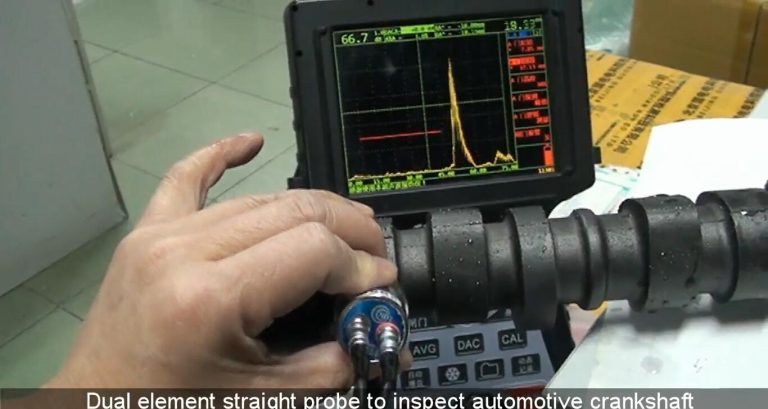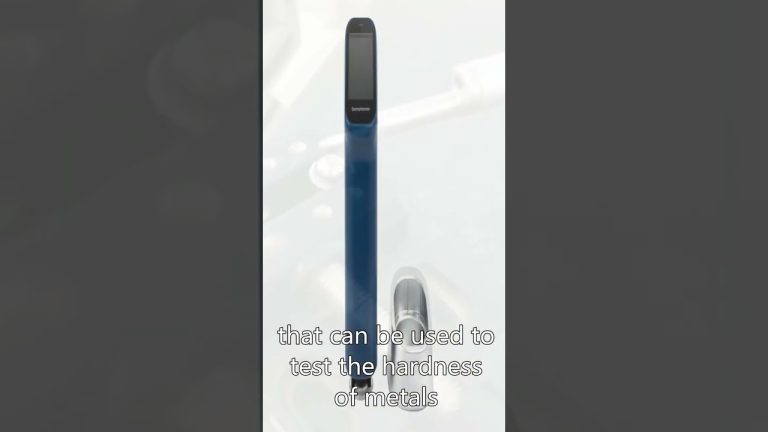Beijing TIME VISION AI INSTRUMENT LTD.
البريد الإلكتروني: timehardnesstester@gmail.com
واتساب: 008615201625204
——————————————————————————————————–
أولاً، أصدرت الولايات المتحدة المعيار الوطني ASA B46.1 في عام 1940. وبعد ذلك، تم تنقيحه عدة مرات وأصبح المعيار الحالي ANSI/ASME B46. 1-1988 “التركيبة السطحية وخشونة السطح وتموج السطح وملمس المعالجة”. هذا المعيار تم اعتماد نظام الخط المركزي وتم استخدام Ra كمعلمة رئيسية؛ ثم أصدر الاتحاد السوفيتي السابق المعيار الوطني GOCT2789-1945 “تشطيب السطح والهندسة الدقيقة السطحية والتصنيف والتمثيل” في عام 1945، والذي تمت مراجعته ثلاث مرات وأصبح GOCT2789-1973 “”معلمات وخصائص خشونة السطح”، ويعتمد هذا المعيار أيضًا نظام خط الوسط وينص على 6 معلمات تقييم بما في ذلك جذر متوسط مربع الانحراف للملف الشخصي (Rq) وقيم المعلمات المقابلة لها بالإضافة إلى ذلك، تمت صياغة معظم معايير البلدان المتقدمة صناعياً الأخرى في الخمسينيات من القرن الماضي أصدرت ألمانيا معايير DIN4760 وDIN4762 بشأن معايير ومصطلحات تقييم خشونة السطح في فبراير 1952.
In order to study the impact of surface roughness on part performance and the need to measure surface micro-roughness, from the late 1920s to the 1930s, some experts from Germany, the United States, the United Kingdom and other countries designed and produced profile recorders and profilometers, and also Instruments that use optical methods to measure surface microscopic roughness, such as light-section microscopes and interference microscopes, have been produced, creating conditions for quantitatively evaluating surface roughness numerically. Since the 1930s, quantitative evaluation parameters of surface roughness have been studied. For example, Abbott in the United States proposed using the depth from the peak of the surface profile and the support length ratio curve to characterize surface roughness.
Published Schmaltz’s monograph on surface roughness, and made suggestions for the standardization of surface roughness evaluation parameters and values. However, the use of roughness evaluation parameters and their numerical values truly became a widely accepted standard in the 1940s when corresponding national standards were issued in various countries.
First, the United States issued the ASA B46.1 national standard in 1940. Afterwards, it was revised several times and became the current standard ANSI/ASME B46. 1-1988 “Surface Structure Surface Roughness, Surface Waviness and Processing Texture”. This standard The center line system was adopted and Ra was used as the main parameter; then the former Soviet Union released the GOCT2789-1945 “Surface Finish, Surface Microgeometry, Grading and Representation” national standard in 1945, which was revised three times and became GOCT2789-1973 ” “Surface Roughness Parameters and Characteristics”, this standard also adopts the center line system and stipulates 6 evaluation parameters including the root mean square deviation of the profile (Rq) and their corresponding parameter values. In addition, most of the standards of other industrially developed countries were formulated in the 1950s. For example, the Federal Republic of Germany issued DIN4760 and DIN4762 standards on surface roughness evaluation parameters and terminology in February 1952 .

